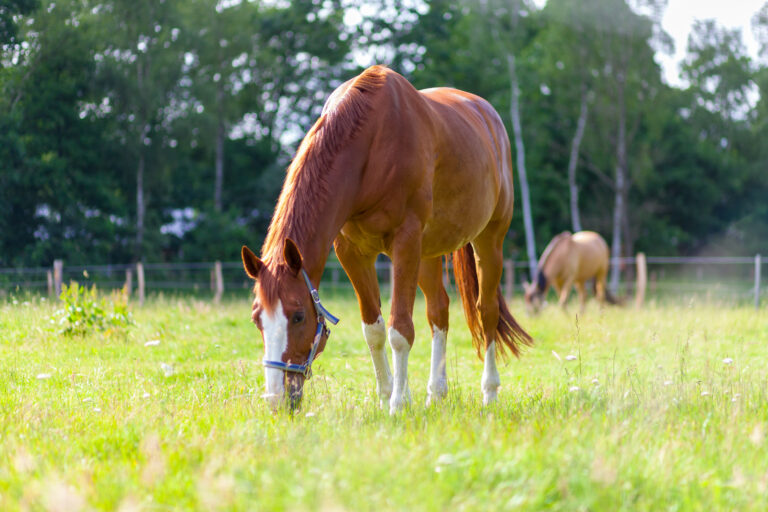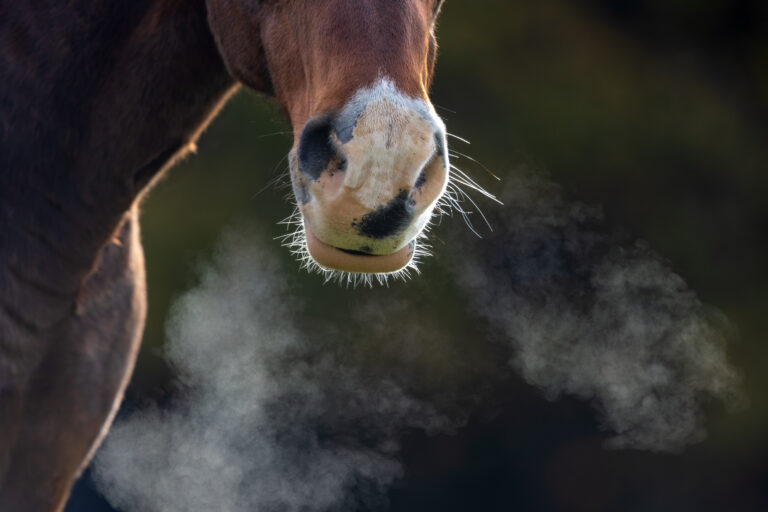
Repair of sagittal proximal phalanx (P1) and parasagittal metacarpal/metatarsal III (MC/MTIII) fractures has evolved over recent decades from a procedure carried out solely under general anaesthesia, to one commonly performed under standing sedation. To date, standing fracture repair has not been evaluated for large cohorts.
The aim of this single-center retrospective cohort study was to determine short-term (survival to discharge) and long-term (return to racing) outcomes of horses undergoing standing repair of MC/MTIII and P1 fractures, and to compare pre-surgical and post-surgical racing performance.
Retrospective clinical record review of 245 cases undergoing standing repair of MC/MTIII or P1 fractures from January 1, 2007, through June 30, 2021, was performed. Data on signalment, fracture configuration and complications were collected, and full race records were retrieved from the Racing Post Database (wwww.racingpost.com). Chi-squared and Mann–Whitney U tests were used to determine any difference in variables between horses that raced after surgery compared to those that did not. McNemar change and Wilcoxon signed-rank tests were used to compare pre- and post-surgical racing performance.
The proximal phalanx was fractured in 41.2% (101/245) of cases, and 58.8% (144/245) had a condylar fracture. Of the repaired fractures, 64.9% (159/245) were bicortical and 35.1% (86/245) were unicortical fissure fractures. Ninety-eight percent of horses survived hospital discharge, and 75.1% raced after surgery, a median of 241 days later. Horses that raced post-surgery were significantly less likely to have suffered from complications during hospitalization than those that did not race again [17.3% vs. 36.5%]. Comparing pre- and post-operative racing performance, there was no significant difference in earnings per start [median £628.00, interquartile range (IQR) 115.90–1934.80 vs. £653.20, 51.00–1886.40, p = 0.7] or proportion of horses winning [51% (95% CI: 41%–61%) vs. 54% (95% CI: 44%–64%), p = 0.8] or being placed first through third [77% (95% CI: 68%–85%) vs. 71% (95% CI: 62%–80%, p = 0.5] in at least one race.
Bottom Line
Standing fracture repair is a viable treatment option for MC/MTIII or P1 fractures that returns horses to the racetrack within an acceptable time frame and is capable of restoring pre-surgical athletic ability.









